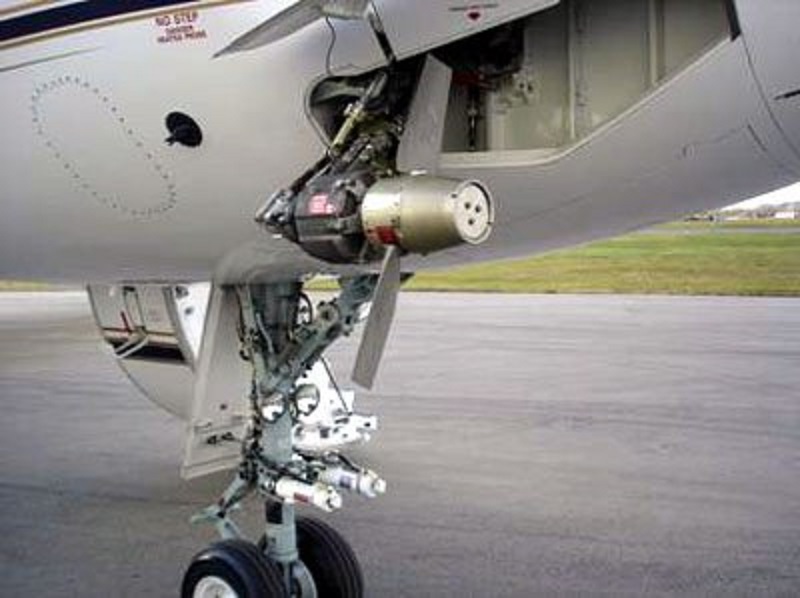This answer assumes the question is about a aircraft loosing all electrical power due to a outside event like a EMP spike.
Many planes will fly without electricity. None will start or navigate in clouds but any small turbine powered aircraft with cable controls will fly happily for hours without. The same can be said for small piston engines with traditional magnetos.
Let us look at the venerable Twin Otter. Not that small at 19 passengers. If in flight there was an EMP spike from a murderous North Korea or an unlucky solar flare, the aircraft would continue to fly until it ran out of fuel or the pilot got it onto the ground. The PT6 engines sustain their combustion without a spark and the engine driven fuel pump will draw fuel from the tanks as long as the plane is below 8000 ft. The pilot controls the airplane as is usual with the autopilot off and he can land flapless quite happily as long as the runway is a little longer than usual. If he is flying on a dark stormy night finding the ground gently will be problematic but if he can see the ground at all a safe landing can be made.
Now let’s consider an airliner. No electrical power on the aircraft in flight does not necessarily mean it will fall out of the sky; at least not right away if it is not too high. The engines sustain their combustion just as well as the small turbines do. Unfortunately turbo fuel (which is quite stable at sea level) will boil at 35000 ft due to the reduced pressure unless a boost pump is sending fuel under pressure to the engine fuel control. Some engines have engine driven fuel boost pumps but for the most part they are electric and when electrical power is lost the engines will quit.
The powered flight controls can revert to manual control with a subsequent 80% loss of effectiveness unless (as is increasingly the case) the aircraft is “fly by wire” and the pilot is only fiddling with a glorified game controller that is not connected to the flight controls by anything but electricity.
Realistically, though, loss of all electrical power would doom the airliner to fall to earth eventually from fuel interruption, loss of flight control and loss of situational awareness due to the failure of the flight instruments.
“Normal” loss of electricity in airplanes has long been a design consideration and a frequent unwelcome simulator problem for training flight crews. Aircraft are built to have redundant sources of power so that even if the fuel is exhausted as in the “Gimli Glider” indecent, where a wide body 767 ran out of fuel in cruise flight, the batteries and the RAT saved the day (along with miraculous piloting). The RAT is a Ram Air Turbine, a small propeller on a generator, deployed to flop out into the airflow and provide essential power. The demise of 4 engine aircraft made such a desperate backup necessary.
Author – Bruce Gordon (Pilot)






